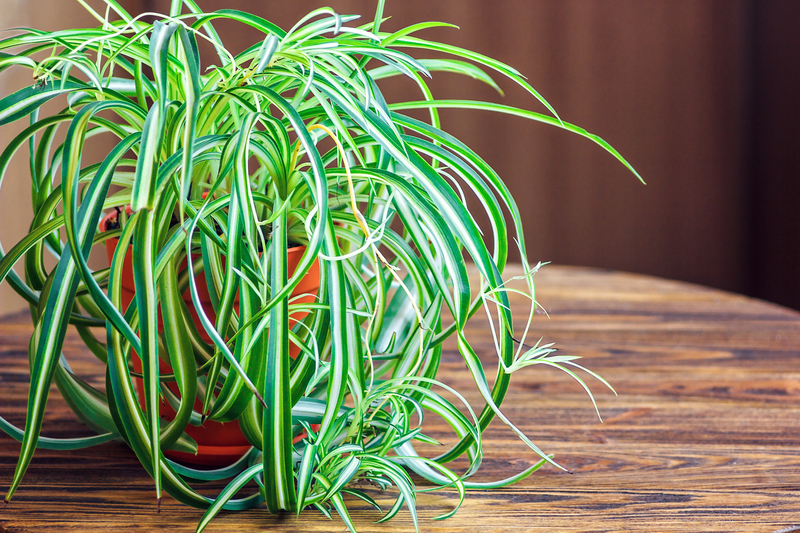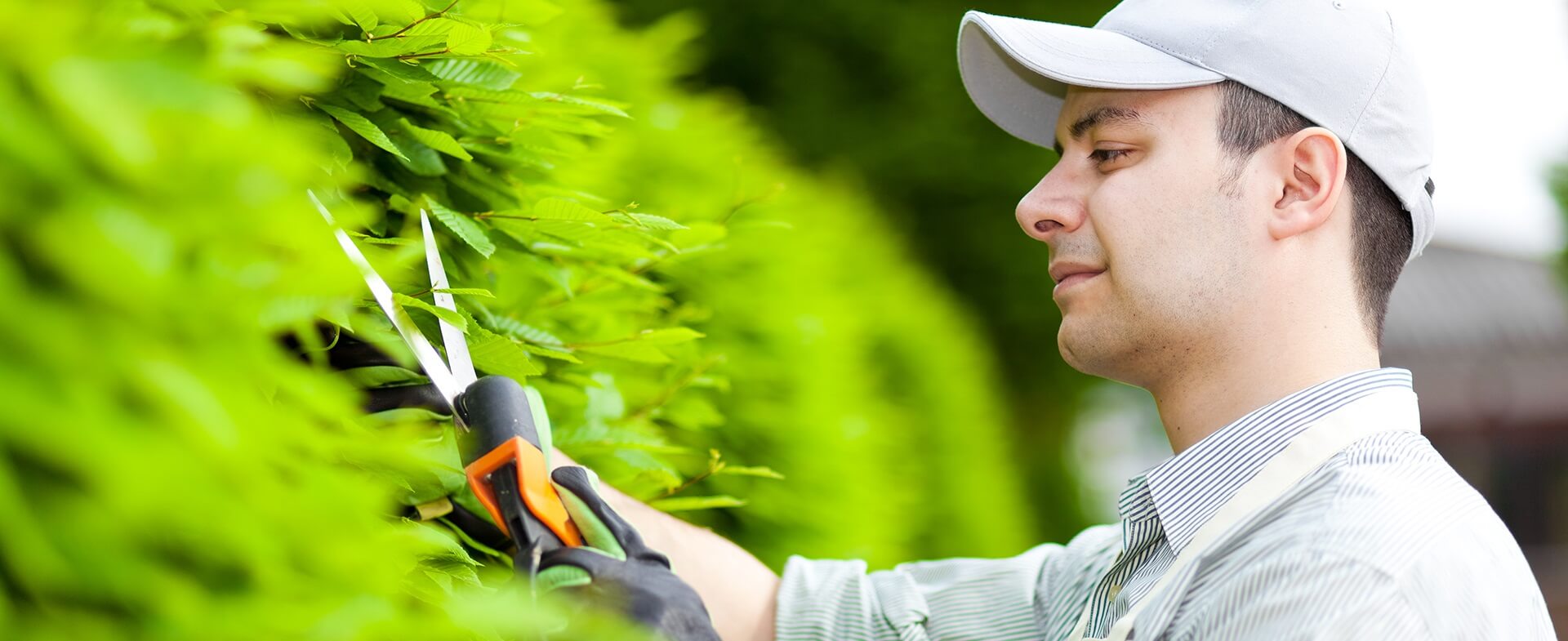Evergreen Climbers for Shade: Bringing Lushness to Shadowy Spaces
Posted on 23/05/2025
Evergreen Climbers for Shade: Bringing Lushness to Shadowy Spaces
Creating a verdant oasis in shaded areas can be a challenge, but with the right selection of evergreen climbers for shade, you can transform even the dreariest of corners into a lush paradise. These hardy plants offer continuous greenery and thrive without direct sunlight, making them perfect for shady gardens, north-facing walls, and under canopies. This article explores the various types of evergreen climbers suitable for shade, their benefits, and how to care for them.
The Advantages of Choosing Evergreen Climbers
Evergreen climbers bring numerous benefits to any garden or outdoor space. Here are some compelling reasons to include them in your landscape:
- Year-Round Greenery: Unlike deciduous plants that lose leaves in autumn, evergreen varieties provide constant foliage, ensuring your garden stays vibrant throughout the year.
- Covers Unsightly Areas: These climbers can quickly cover unattractive fences, sheds, or walls, enhancing the overall aesthetic of your yard.
- Habitat for Wildlife: Providing shelter and food, evergreen climbers support birds, insects, and other wildlife, fostering biodiversity.
- Low Maintenance: Many evergreen climbers are incredibly resilient, requiring minimal upkeep once established.
- Cooling Effect: The foliage helps cool the surrounding area, making your space more pleasant during hot weather.

Top Evergreen Climbers Suited for Shade
Here are some of the best shade-loving evergreen climbers that can bring lushness to your shadowy spaces:
1. Hedera helix (English Ivy)
This classic ivy variety is widely favored for its rapid growth and ability to thrive in low-light conditions. English ivy is a versatile plant that clings to walls using small rootlets along its stems, covering large areas efficiently. When cultivating Hedera helix, ensure it is kept in check as it can become invasive if left unattended.
2. Lonicera japonica (Japanese Honeysuckle)
The Lonicera japonica, more commonly known as Japanese honeysuckle, is an appealing climber with fragrant blossoms that attract pollinators. Though it flourishes in partial to full shade, it also tolerates some sunlight. Be mindful of its invasive nature and manage its growth to prevent overshadowing other plants.
3. Trachelospermum jasminoides (Star Jasmine)
The star jasmine is a visually stunning climber with fragrant, star-shaped white flowers. While it appreciates some light, it grows well in shaded areas, particularly in warmer climates. Its glossy green leaves remain attractive even after the blooms have faded, providing lasting appeal.
4. Parthenocissus quinquefolia (Virginia Creeper)
The Virginia creeper is a versatile climber that can adapt to various conditions, thriving in both the sun and shade. It provides year-round greenery and transitions into a vibrant red color in the fall, adding seasonal interest to your garden. Its ability to grow on non-supportive surfaces like walls makes it indispensable in garden design.
5. Clematis armandii (Armand Clematis)
Known for its glossy, leathery leaves and fragrant blooms, the Clematis armandii does well in shaded areas with a bit of morning sun. This resilient climber is perfect for adding vertical height and structure to your landscape. Pruning immediately after flowering encourages denser growth and more blossoms the following season.
Choosing the Right Spot for Planting
When introducing evergreen climbers adaptable to shade in your garden, consider the following factors to ensure they thrive:
- Amount of Light: While these climbers can tolerate shade, very dense shade might inhibit their growth. Aim for areas with dappled light or partial shade.
- Soil Type: Well-draining soil is essential for all climbers. If your soil is too dense, consider amending it with organic matter to improve aeration and drainage.
- Support Structures: Ensure you provide adequate support like trellises, fences, or walls for the climbers to attach and grow vertically.
- Nearby Plants: Consider the presence of other plants that might compete for nutrients and water. Proper spacing can help reduce competition.

Caring for Your Evergreen Climbers
Once you've selected and planted your evergreen climbers, maintaining them requires some attention to keep them healthy and lush:
1. Watering
Initially, ensure that the climbers receive adequate water to establish their roots. Once established, they generally require less frequent watering, but be sure to water during dry spells to prevent wilting.
2. Fertilizing
Apply a balanced, slow-release fertilizer in the spring to support growth. Avoid over-fertilization as it can lead to excessive vegetative growth at the expense of flowers.
3. Pruning
Regular pruning not only maintains the shape and size of your climbers but also encourages denser foliage and better flowering. Prune immediately after flowering to avoid cutting off next season's blooms.
4. Pest and Disease Control
While evergreen climbers are generally hardy, monitor them for signs of pests or diseases such as aphids or fungus. Use organic pesticides or fungicides if needed, and improve air circulation around plants to reduce disease pressure.
Conclusion
Integrating evergreen climbers compatible with shade into your garden is an excellent way to enhance the beauty and functionality of your outdoor space. These resilient plants not only improve the visual appeal of shaded areas but also provide structure and habitat for wildlife. With proper selection, placement, and care, evergreen climbers can thrive in even the shadiest spots, offering year-round interest and lushness. Whether you're covering an unsightly wall or creating a green tapestry in a shady courtyard, these climbers are a valuable addition to any garden.

